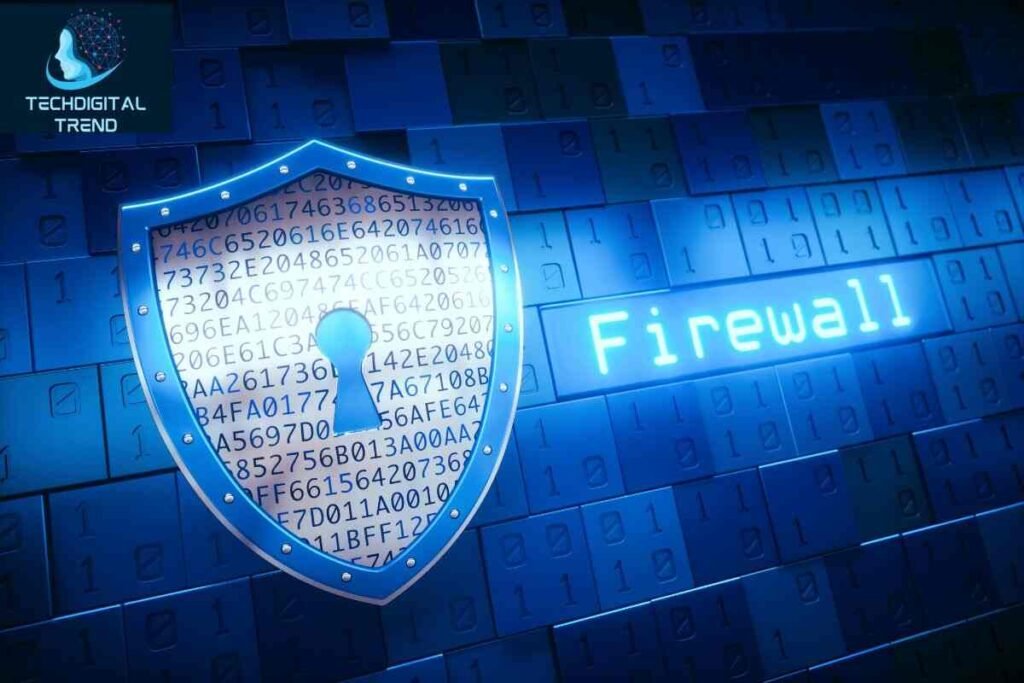There there was a quite simple general rule guiding firewall deployments. At the enterprise level, hardware firewalls were the only available alternative. A software firewall was enough for individual PCs or small networks. It is no longer that easy. Regardless of how the network is configured, there are good reasons to select one over the other. Both are used by many organizations.
According to Hillstone Networks, the ideal option for your company will rely on its particular requirements and circumstances. Your cybersecurity team must take the network’s size and breadth into account. They have to take into account every piece of gear, any possibilities for remote access if the company uses the cloud and more. There isn’t a single firewall solution that works for every type of corporation.
Table of Contents
ToggleThe Basics of Firewalls Protection
When firewall technology is reduced to its most basic form, all that’s left is a piece of hardware or software that monitors all incoming and outgoing traffic for any security breaches. Threats that have been identified are banned following the guidelines set by administrators. That’s pretty much it when it comes down to it.
The distinctions between software and hardware firewalls begin with deployment. A hardware firewall is a physical firewall that is installed between your network’s initial point of entry and the internet. It monitors and examines traffic before it enters your network, adding an extra layer of defense against outside threats. The best part is that they provide network-wide device protection.
Usually on a server, a software firewall is installed from within the network. Network devices can also have software firewalls placed on them. The main benefit they have over hardware firewalls is cost. Software firewalls are typically less expensive, at least initially.
Administrative Configurations Matter
Configuration capability is the most crucial factor in both kinds of firewalls. The finest firewalls may be configured by network administrators to the last detail. This enables both standard setups and specially tailored rules and scripts that are created to satisfy the particular requirements of an organization.
A highly configurable software firewall is a better option than a hardware firewall with limited tuning options if a corporation must make this decision. Configuration is crucial when it comes to firewall performance. The capacity of an administrator to properly adjust settings determines the final level of protection that is attained.
Making a Case for Both
It has become less sensible to advocate for one kind of firewall over another as the internet and the risks it poses have changed. There are benefits and drawbacks to both. Many businesses find that having both types of firewalls is preferable to trying to choose between the two, especially those with enterprise-level networks.
The majority of issues may be detected by a strong hardware firewall on its own. However, hardware solutions are not always able to monitor all communications when volumes increase. When anything is forced, a bottleneck is formed and everything moves more slowly. But, traffic can continue to flow while maintaining security if the hardware solution’s workload is lessened and a software firewall is allowed to take up the slack.
If malicious traffic manages to get past the hardware solution, the software firewall provides an additional layer of defense. If the software is implemented correctly, there won’t be any noticeable slowdown. Combining the greatest features of both types of firewalls with firewall redundancy is supplied.
We’re Here to Provide Assistance
For firewalls solutions, Hillstone Networks is available to assist. Please get in touch with us if you want assistance selecting and implementing the ideal solutions for your needs. Concerning firewalls, server security, edge protection, and other aspects of network security, we can help.
Open this link: https://securelifefitness.com/the-mets-method-a-step-by-step-guide/















